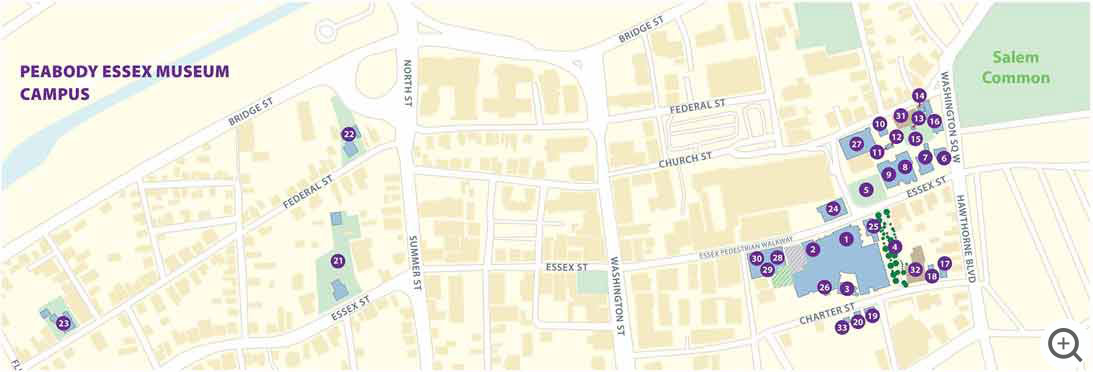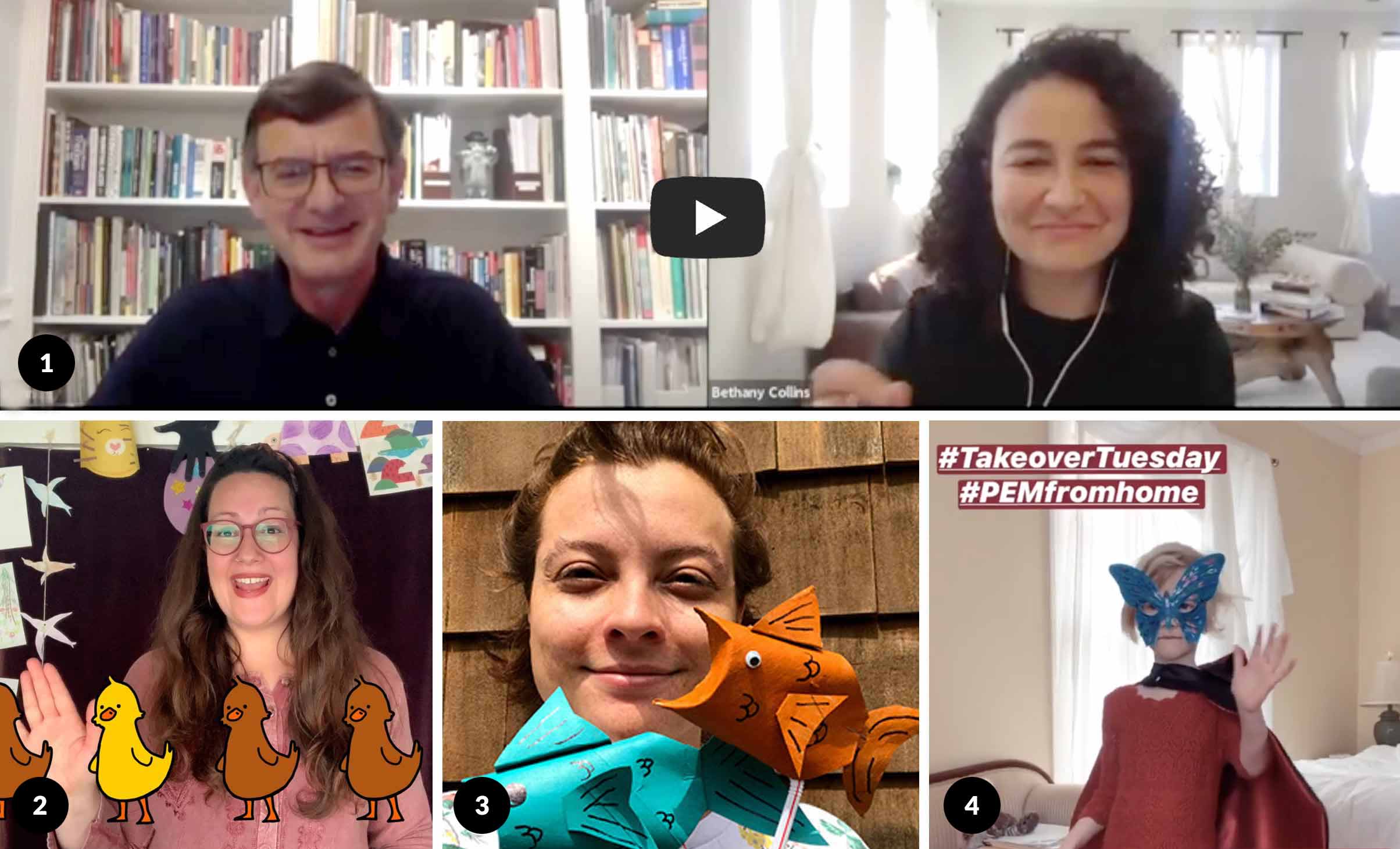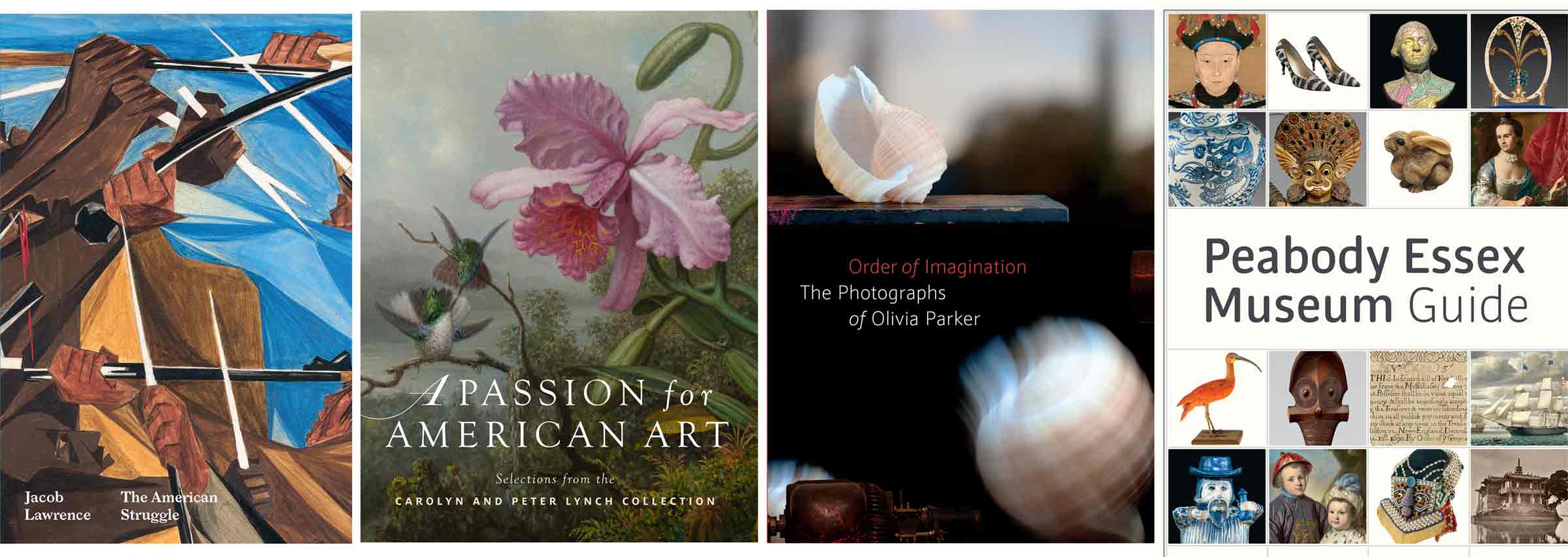From the Director
2020 has been an extraordinary year in every sense of the word. Our lives have been altered, our customs and perspectives shifted by a historic pandemic. The COVID-19 public health crisis has prompted many to look deeply at our values, our communities and the impact that our lives have on others.
It is in this spirit of introspection that we launch the publication of an Annual Report for the Peabody Essex Museum. The theme is TOGETHER. In 2020, we are more aware than ever of our potential when bonded together by a common purpose. Over the last 25 years, PEM has undergone an unparalleled transformation as it combined two regional organizations — the Peabody Museum and the Essex Institute — in order to create a world-renowned art museum that is now among the largest in the country.
Since joining PEM in July 2019, I have participated in hundreds of meetings and one-on-one conversations with my leadership team, PEM staff, community leaders and many of you. I have heard your dreams for the museum and these ideas have been central to our strategic planning process.
Having concluded an ambitious building phase, PEM is now entering a programmatic phase. This will allow the museum to reinforce its ties to the community, to become ever more central and relevant in people’s lives.
Over the course of more than two centuries, PEM has continuously embraced a state of renewal and reinvention. Make no mistake — there is great promise in our moment. Thank you for joining us on this journey and for bringing your passion, talent and generosity to bear.
Sincerely,
Brian P. Kennedy
The Rose-Marie and Eijk van Otterloo Director and CEO



![Gra[h] Chart](images/OpBudget2003_2019.png)